|
This play was difficult for a number of reasons, the first being that it lacks the presence of a chorus to transition between acts and explain to the audience their implications. Previously I had thought that the chorus was unnecessarily repetitive, but for the majority of the time I found myself thinking that a chorus would help me understand and pull me out of the confusing dialogue. The other complicating factor in understanding this play is that it does not follow the canonical death of Achilles that we know of, but it follows another version where Achilles falls in love with Priam's daughter and is subsequently killed by Paris. This was a different experience than many of the other Renaissance tragedies that I have read where I knew exactly what the action would be. Here, I had an understanding that Achilles would die, but I did not know how or under what circumstances. The struggle to understand the implications of the text, rather than its poetry which is the real meat of Renaissance tragedies, meant that I was missing out on the point of the play. This may just be a personal experience, but I found the play confusing and difficult to follow the action, or lack thereof. It made me long for the simplicity of neoclassical drama, with its clarity, repetition, and straightforward plot, but also it is clear why those principles grew out of the messy plots of the Renaissance.
0 Comments
It was very difficult to read this text without constantly comparing it to Cleopâtre captive, written by the same author a mere two years earlier. A better comparison might be Christopher Marlowe's Queen of Carthage published fifty years after Jodelle's adaptation, but for now I'd like to look at the similarities and differences between Dido and Cleopatra's plights. Essentially the stories are the same : a woman is abandoned by her lover, through death or by choice, and her response is to commit suicide, and the play goes into great poetic detail of the emotions involved. However, Cleopatra's death makes sense to a modern, feminist perspective, in that she is not killing herself due to the loss of Antony, but in response to the loss of her freedom. Rather than live in captivity, she sees death as a liberation from the mortal world, with the possibility that she will she Antony in the next. In the context of a society where the mortal world is simply a testing ground for the eternal life to come, is this death not a triumph? It has more in common with Mary's death in L'Écossaise, where her death is merely the release of her soul to heaven. In this sense, Dido's death can be seen in a very different light. Her choice to die is not a reaction to Aeneas leaving for Italy, but the shame that she feels for betraying her first, now deceased, husband. Her decision to "wash her sins with blood" comes across as far more savage and backwards than Cleopatra's search for freedom, and seems more aligned with a darker view of humanity that must be punished to be freed of its sins. With two seemingly opposing worldviews, one must imagine why Jodelle in the span of two years turned towards a more pessimistic outlook on the state of human sin and what must be done to achieve a peaceful life after death.
It's certainly not original to say that nothing happens in Renaissance tragedies. The play doesn't simply start in medias res, it starts at the climax, assuming you know all the preceding action, it is only interested in the emotions of the most charged moment. Cleopâtre captive is no exception, dealing almost exclusively with Cleopatra's suicide, which is not even shown, simply discussed. Rather than looking at the plot, I think it is more interesting to analyze the surprisingly experimental nature of the poetry. Truly, the play reads more like a collection of poetry on a particular theme than it does like a play. Jodelle moves between line length and style fluidly, playing with the tempo and rhyme scheme in every act. He uses repetition and the rhythm of the line to build tension rather than rising action. While this makes the play slightly boring for a modern audience, scholars of poetry will find no end to analysis and discussions to be had about the daring innovations of poetry in this play.
Like most other tragedies of the Renaissance, Haman takes as its source material the old testament, in this case the Book of Esther. It, like its contemporaries, is simultaneously religious and political. Esther is called upon to defend the Jewish nation from the evil Haman, the king’s counselor who has sworn to massacre the Jews. In the context of the French religious wars of the period, one must wonder who the Jews are meant to represent : the Huguenots or the Catholics. The author Montchrestien married a Catholic but died fighting for the protestant cause. Furthermore, his L'Ècossaise deifies Mary, Queen of Scots, a catholic, while demonizing Queen Elizabeth, a protestant. In this case it may be impossible to know the authorial intent, but I would argue that Montchrestien intended neither. Perhaps he was simply illustrating that the genocide of an entire people is always wrong. In this case, the Jewish nation is punished for the perceived sins of Mordecai, stipulating that many innocent will be killed without cause. The melodramatic fashion in which Montchrestien writes stipulates that innocence will always triumph over evil. Even if that innocence is killed, as was the case in L'Ècossaise, the spiritual victory remains.
L'Ècossaise was one of many religious/political tragedies of the Renaissance period; a time quite familiar with religious and political strife. It tells the story of the execution of Mary, Queen of Scots, by her cousin Elizabeth, the Queen of England. Mary takes the role of the unjustly persecuted martyr of the Catholic cause, or is it simply the cause of liberty? For Mary is not truly oppressed by the protestant religion, but by an authoritarian ruler who fears the loss of her power. Notably, the play is not unique in its choice of a female heroine and villain. Like several other plays from this period, in particular Haman and Les Juifves, women are given a prominent place on the stage and in the plot. Their strengths and weaknesses are not the result of their gender, while at the same time they do not forget it. When debating with her counselor, Elizabeth reminds him that gentleness is a woman’s virtue. Furthermore, while not unique at the time, it is refreshing to a modern reader to see women in roles that are not exclusively romantic. Hamital is the female leader of her nation in her son’s absence. Esther likewise, is a queen and leader of the Jewish people. One must ask why, during a time of intense oppression of the female sex, were playwrights compelled to tell the stories of powerful women? Even more so when taking into account the fact that in France, women legally could not rule.
Les Juifves takes the story of the Jews subjugated by King Nebuchadnezzar and raises it to the level of intense tragedy which foreshadows those of Corneille and Racine in all but location. Whereas the writers of the 17th century drew most of their material from Greek and Roman antiquity, their Renaissance predecessors favored biblical adaptations for the stage as a part of a campaign to make a distinctly French theatrical tradition. Clearly, a part of the identity of “the most Christian nation” was its religious fervor. To return to the connections between Corneille and Racine, the clearest examples here its thematic ties to Cinna and Andromaque. Hamital, the mother of the enslaved Jewish king, is a mirror of Andromaque: the queen of a vanquished nation, a widow, begging for the life of her son, and slightly suicidal. Some of Andromaque’s scenes are played out in reverse in Les Juifves, such as when Hamital finds pity from the Queen whereas Andromaque finds nothing but rebuke from Hermione. To a lesser extent, Cinna’s preoccupation with clemency and the qualities befitting a ruler can be seen in the back and forth between Nebuchadnezzar and several foils. As in Andromaque, Cinna’s plot follows the alternate route presented to King Nebuchadnezzar who in Les Juifves murders the Jews and blinds their king. All this is to say, that thematically, 16th and 17th century writers would appear to be interested in similar topics, with similar opinions on those topics, but taking opposite approaches towards those ideals.
Abraham Sacrifiant, a dramatization of God commanding Abraham to sacrifice his son, previews the great psychological tragedies to come in the 17th century. The greatest difference, clearly due to the religious differences, is the presence in Abraham Sacrifiant of an external motivator, God, who instructs Abraham on his actions. A comparable psychologically intense tragedy of the 17th century, Phaedra, subjects the title character to a purely internal struggle between rationality and passion. Contrarily, Abraham's decision is whether or not to obey the external force which has commanded him to kill his son. Abraham’s struggle of faith is demonstrated in his conversations with his wife, which Phaedra mirrors in her discussions with Oenone. The essential difference between the two is that Abraham’s plight is essentially reactionary whereas Phaedra’s is actionary. Certainly, her decisions are a reaction to the news that her husband is dead, but nothing other than her internal actions forces her hand. Because Abraham is merely reacting emotionally to his situation, there is no real build to the plot. From the moment the angel arrives to the replacement of the lamb, the state of the play is static in Abraham’s sorrow. External motivators leave the protagonist with no true choices, eliminating any sort of rising action, which renders much renaissance French drama a purely poetic exercise.
|
Jennifer KellettM.A. French Literature Florida State University Archives
June 2021
Categories |
Photos used under Creative Commons from mharrsch, Renaud Camus
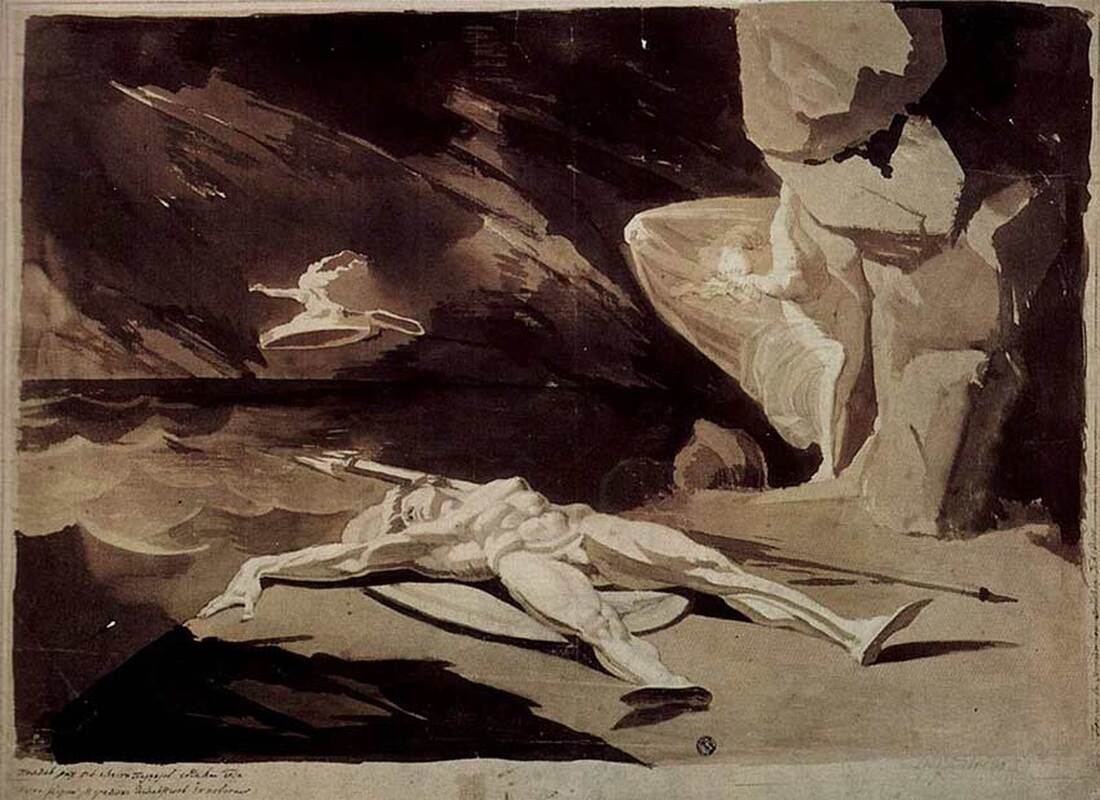
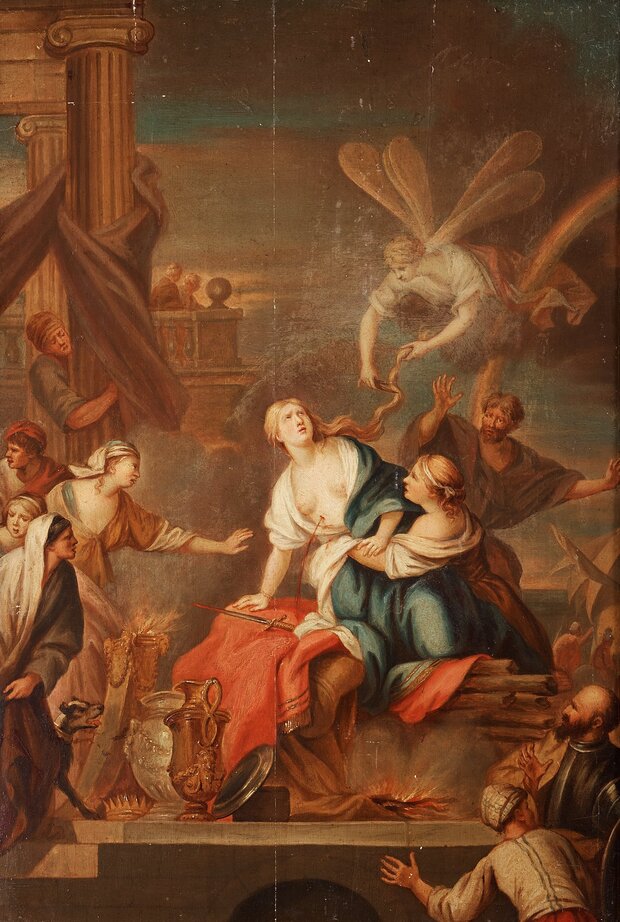
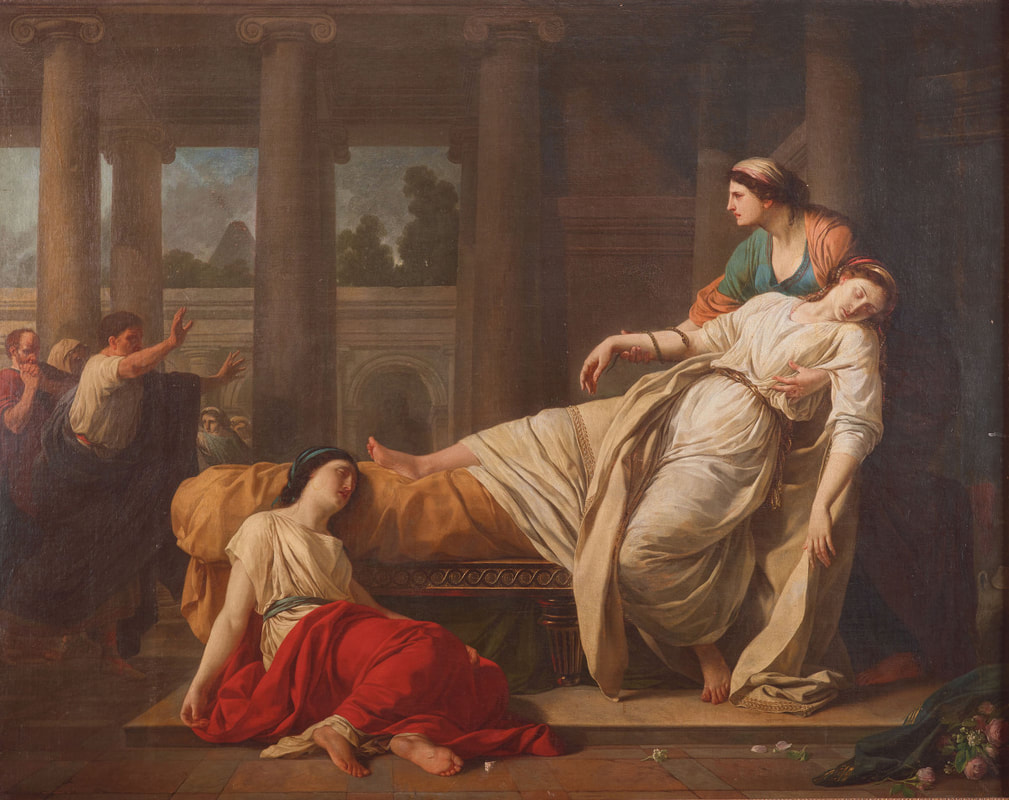
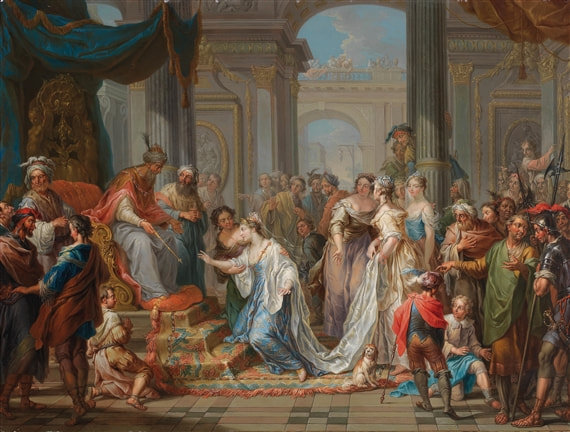
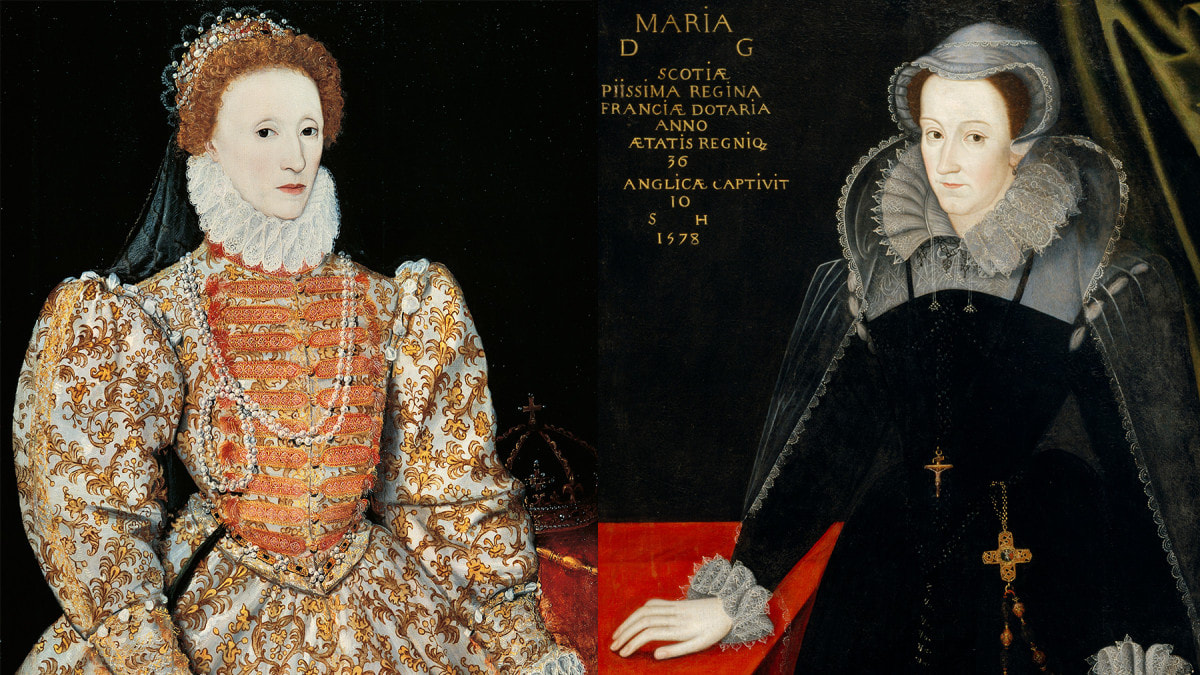
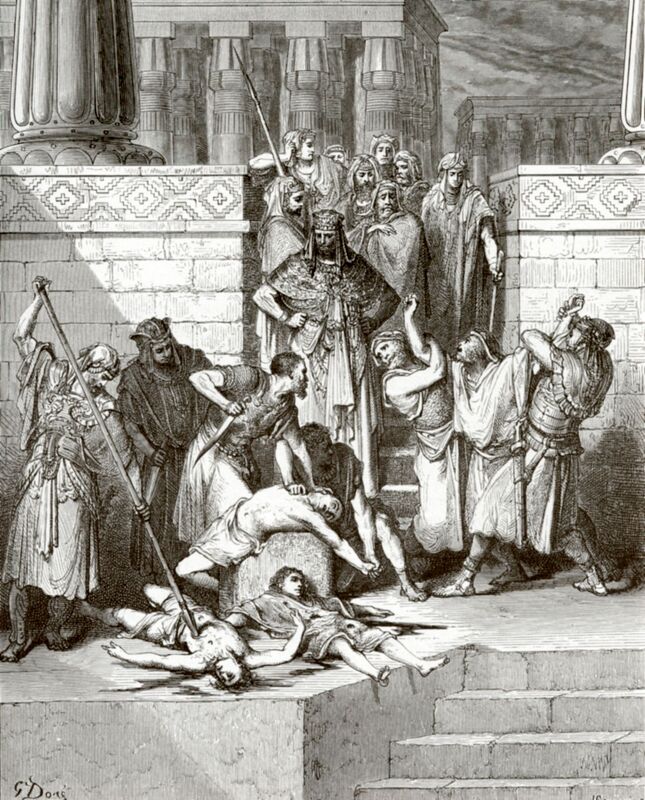
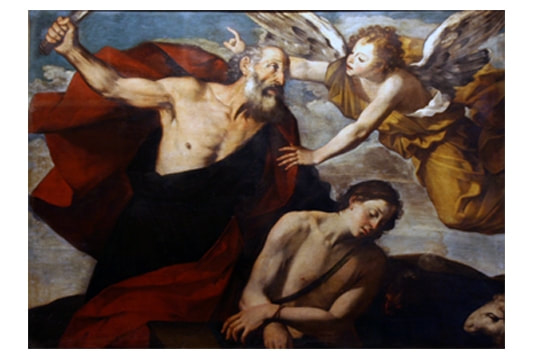
 RSS Feed
RSS Feed
